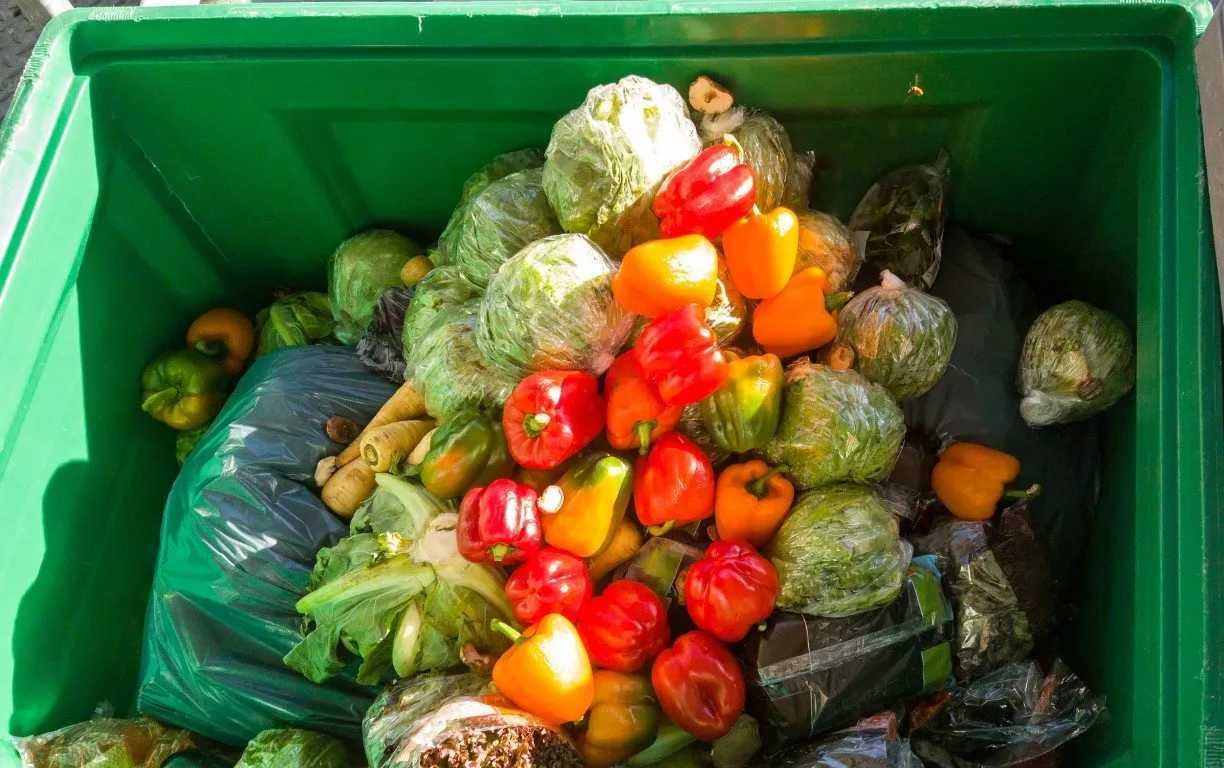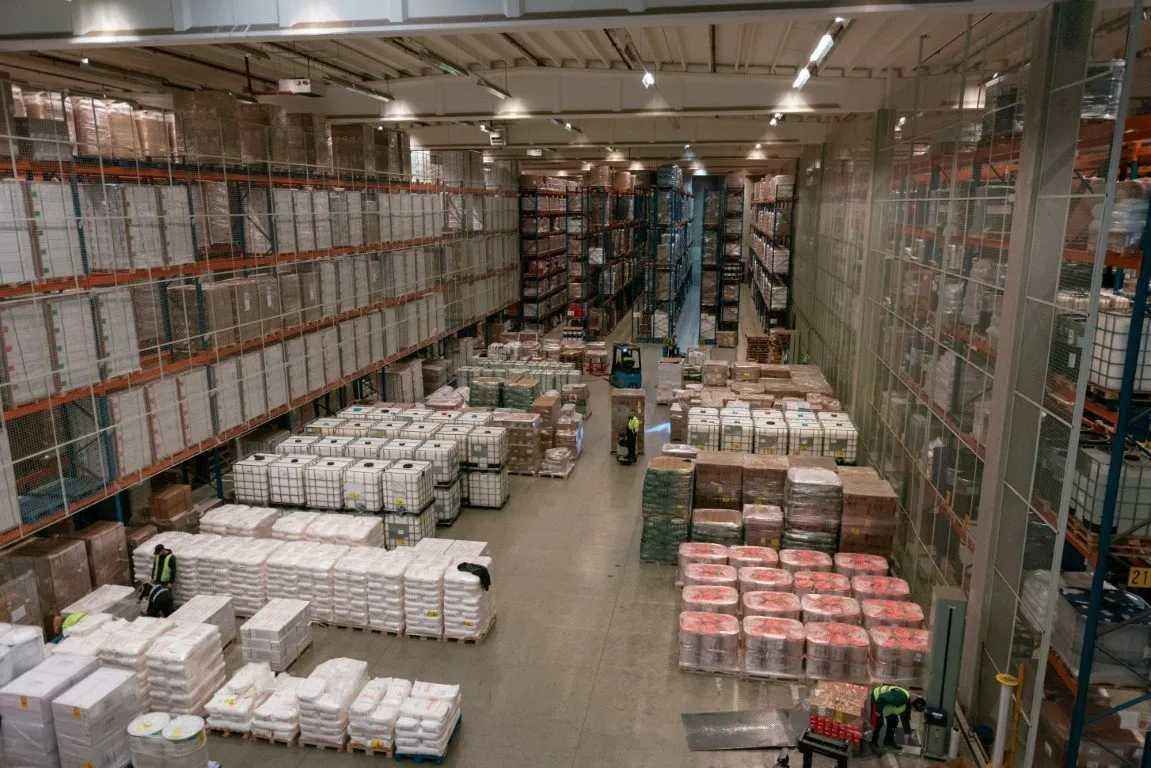Supply Chain Visibility: How to reduce food waste
Buyers are demanding more from retailers and driving the supply chain to deliver the goods faster, more sustainable, and with minimal waste. Keeping customers satisfied is not always easy and can impact business processes, especially if your supply chain needs to be more transparent and efficient. Inefficient processes can lead to massive waste during transportation.
According to the UN Food and Agriculture Organization, approximately 30-40% of food production is waste in the supply chain.
Fast Facts about food waste
- Over 1/3 of all food produced globally goes to waste.
- The annual value of food wasted globally is $1 trillion, weighing 1.3 billion tonnes.
- The total amount of food produced in sub-Saharan Africa equals the amount of food consumers waste in developed countries.
- The world’s nearly one billion hungry people could be fed on less than a quarter of the food wasted in the US, UK, and Europe.
A recent analysis by the Boston Consulting Group demonstrated that the supply chain infrastructure and efficiency alone could reduce the amount of food wasted by $270 billion (in value) of what the report estimates to be a $1.5 trillion problem by 2050. A large consensus is calling out the necessity to prevent food waste along the food supply chain. However, there is a lack of understanding as to what kind of effective measures must be implemented.
Quality cargo control to combat food waste
The problem is massive, without real-time insight into the product’s exact condition and end-to-end supply chain visibility. How can companies reduce food waste and improve their business process?
This is where Cargosnap can support and improve supply chain efficiencies. Based on real-time Proof of Condition, users can gather data and share photos of the goods' expiry date, the temperature of cargo, location, and forecasting. Data can be real-time available and shared during the whole process within one platform.
Everyone within your supply chain wants to know everything about the cargo, from how your cargo has been loaded and transported and external factors such as weather conditions or geographical identification. The benefits begin with more accurate cargo quality reports, real-time storage management, and cargo damage inspection. This not only avoids what can be high costs but also helps to reduce any possible food waste.
Using digital tools to reduce food waste and improve the Supply Chain
The supply chain must undergo a digital transformation to combat this growing waste. The key approach toward this goal is investing in structured logistics management and efficient digital solutions.
As an industry, we can make the most of digitalization to help our environment. It may benefit businesses' profitability, workflow, and efficiency.
Want to improve your Supply Chain management and reduce food waste worldwide?







